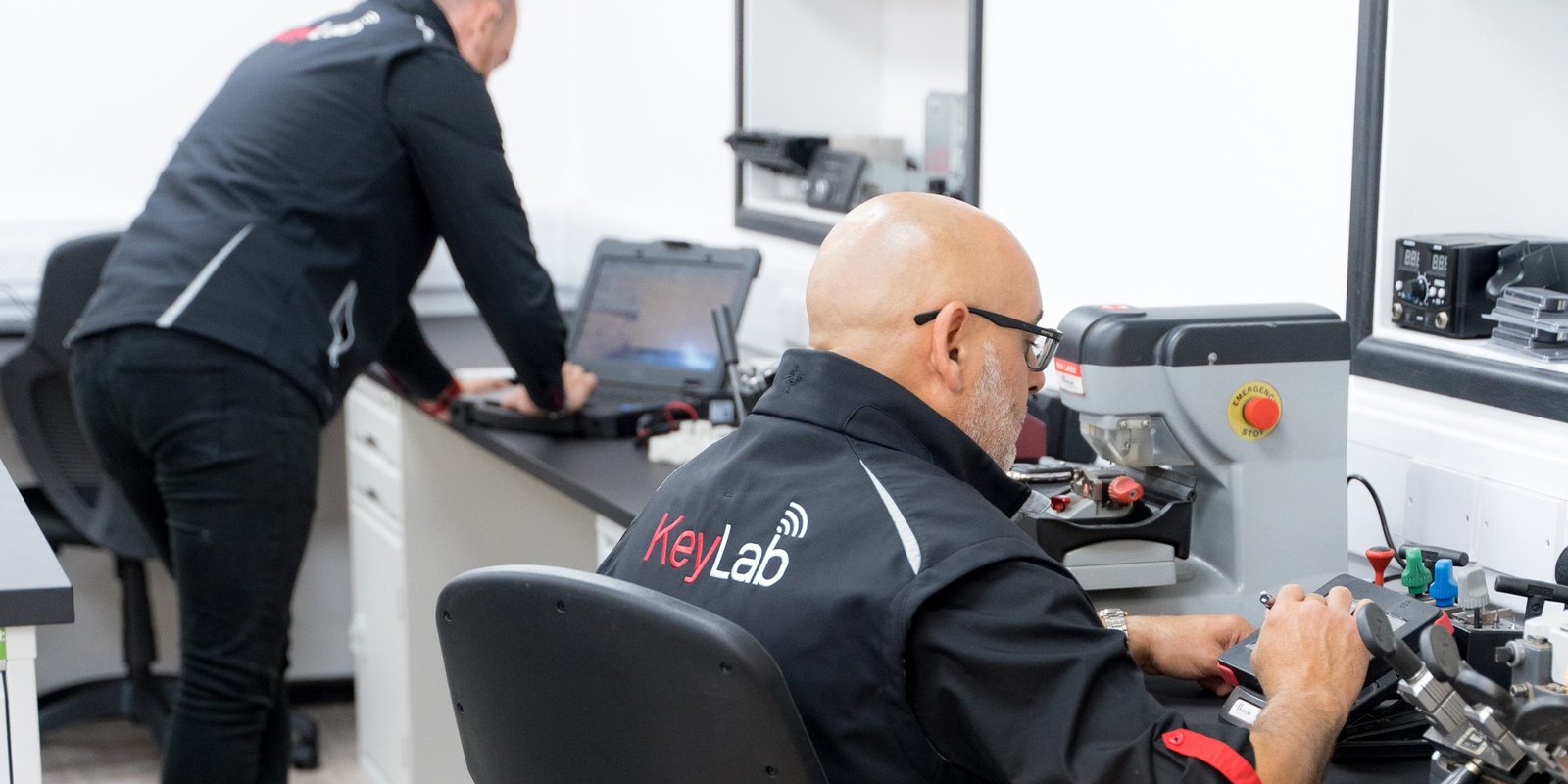3 Reasons You're Not Getting Key Replacements Isn't Working (And Solutions To Resolve It)
Key Replacements: An In-Depth Guide to Understanding and Implementing Effective Substitutions
Intro
In the realm of various industries— from automotive to innovation— the term “key replacements” represents the practice of substituting a failing or inadequate part with a new or enhanced variation. Comprehending key replacements is vital for preserving operational effectiveness, enhancing performance, and ensuring security. This short article digs into the numerous aspects of key replacements, exploring their importance, execution methods, and typical questions surrounding the topic.
What Are Key Replacements?
Key replacements describe the procedure of replacing a crucial part within a system, device, or equipment that is critical to its performance. These replacements can occur in multiple sectors, including automobile, innovation, and even human resources. By proactively identifying and changing important parts, organizations and people can avoid system failures, keep efficiency, and enhance security.
Significance of Key Replacements
The significance of key replacements can not be overstated; they serve different functions that contribute to the general effectiveness of systems. A few of their vital roles include:
- Preventing System Failures: Key replacements assist avoid disastrous failures by resolving damaged or malfunctioning elements before they create significant issues.
- Enhancing Performance: Upgrading to newer parts can improve system performance, resulting in improved output and efficiency.
- Cost-Efficiency: Effective replacements can reduce repair work expenses, lengthen the life-span of the whole system, and ultimately conserve cash.
- Security Assurance: In sectors like automotive and equipment, key replacements ensure that safety standards are maintained, lessening dangers to workers and users.
- Compliance: In controlled markets, prompt replacements may be a legal requirement to satisfy safety requirements.
Key Replacement Strategies
Implementing key replacements successfully requires a strategic approach that aligns with the functional goals of an organization. Below are several techniques to think about:
1. Routine Maintenance and Inspections
Performing routine maintenance and inspections can assist determine elements that might require replacement before they fail. A distinct maintenance schedule should consist of:
- Visual Inspections: Check for noticeable signs of wear or damage.
- Performance Monitoring: Track the functioning of key components.
- Use Analysis: Keep records of how frequently a component is used, which can forecast wear patterns.
2. Data-Driven Decision Making
Making use of data analytics can assist companies make informed decisions regarding when to replace key parts. Carrying out systems for data collection can cause:
- Predictive Maintenance: Identifying potential failures before they occur using historical data.
- Cost Analysis: Evaluating the expense implications of fixing versus changing components.
3. Cooperation with Suppliers
Establishing strong relationships with suppliers and producers guarantees access to quality components and timely replacements. Appropriate collaboration can result in:
- Favorable Terms: Negotiating better costs and terms.
- Quality control: Gaining confidence in the quality and dependability of replacement parts.
4. Training and Education
Educating and training employees associated with the replacement process can substantially boost performance. Supplying details on finest practices and new innovations can assist guarantee:
- Maximized Efficiency: Employees comprehend the ideal techniques for changing elements.
- Reduced Errors: Minimized threat of errors during the replacement procedure.
Kinds Of Key Replacements Across Industries
Key replacements differ across markets, each with its specific elements and practices. Below are some typical enters different sectors:
Automotive Industry
Part
Replacement Reason
Engine Oil
Avoid wear and enhance efficiency
Brake Pads
Guarantee safety and responsiveness
Tires
Enhance traction and fuel effectiveness
Innovation Sector
Component
Replacement Reason
Hard Drives
Enhance information access speed
Batteries
Restore gadget mobility and functionality
Circuit Boards
Enhance device dependability and longevity
Production
Part
Replacement Reason
Conveyor Belts
Maintain functional performance and security
Security Guards
Promote health and wellness compliance
Bearings
Lower friction and facilitate smooth operation
FAQs About Key Replacements
1. What is the most important reason for changing key parts?
The most vital factor for changing key parts is to make sure system reliability and security, preventing failures that might result in expensive downtimes or hazardous scenarios.
2. How often should Replacement Key Fob think about key replacements?
Key replacements should be considered based on the particular element's wear pattern, performance metrics, and upkeep schedule. Regular assessments must determine the suitable intervals for replacements.
3. What should I do if I am not sure about an element's condition?
If unsure about an element's condition, it is suggested to conduct a comprehensive assessment, review efficiency data, and seek advice from experts or producers for expert guidance.
4. Is it better to repair or replace a key part?
The choice to repair or replace a key element depends on cost-effectiveness, dependability, and long-lasting benefits. Typically, replacement might be more practical when thinking about life expectancy and efficiency metrics.
5. Where can I find dependable replacement parts?
Reputable replacement parts can usually be found through licensed dealerships, reputable suppliers, or directly from producers. Constantly confirm their dependability and check evaluations before acquiring.
Key replacements are an important component in preserving functional performance and security across different markets. By understanding the significance of these replacements, carrying out strategic methods, and resolving common queries, companies can make sure that their systems remain robust and reputable. Future developments in innovation and information analytics will further improve the depth and precision of key replacements, continuing to drive enhancements in efficacy and security. Engaging proactively with Read Even more can considerably reduce dangers and raise total performance in any operational context.
